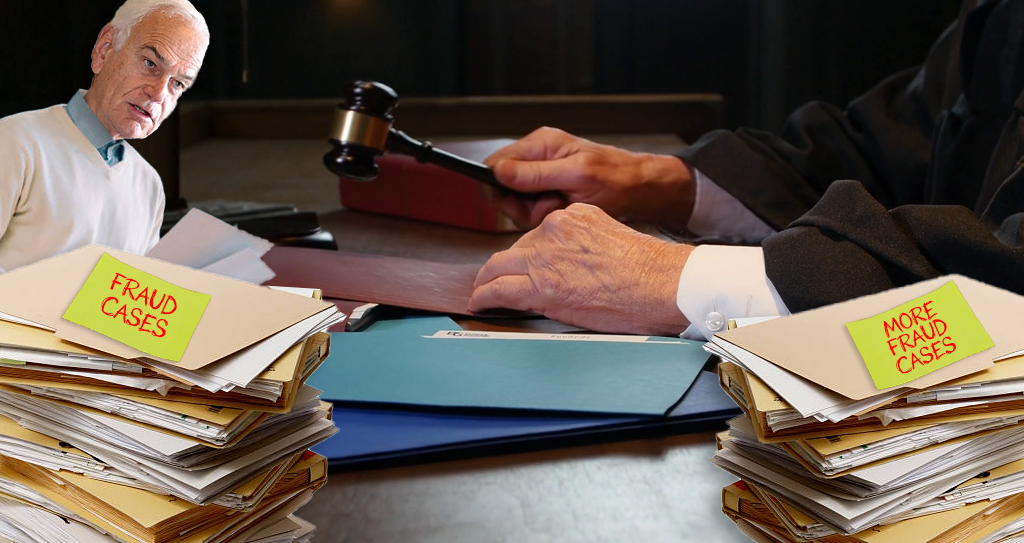Flint, Michigan, is probably best known as the poster child for population loss and de-industrialization, as captured in the Michael Moore movie, "Roger and Me."
Though this town of about 100,000 has never fully recovered from the loss of 30,000 General Motors jobs that was the subject of that film, Flint is becoming known for its innovative strategies dealing with population loss. Flint's Genesee County Land Bank is a model for other post-industrial cities throughout the country.
Here's one innovative new idea out of Flint that was a long-time coming and should be emulated in cities across the Rust Belt. Flint is planning to reduce excess vehicle capacity on its streets by implementing road diets that make room for walking and biking. Road diets "are central" to the city's in-progress regional plan, known as Imagine Flint, according to a recent report by the Detroit Free Press. Imagine Flint is funded through a $3 million grant from the U.S. Department of Housing and Urban Development's Sustainable Communities Program (a grant program which Congress has since de-funded).
Other "shrinking cities," like Youngstown, Ohio, have tinkered with ideas for reducing the size of their built transportation infrastructure. Youngstown's talked-about proposal was to actually tear out underused streets, a plan that has proved more viable on paper than in practice.
Flint Chief Planner Megan Hunter told Streetsblog that because the city has lost so much of its population, its overly wide streets are often empty. Some streets in Flint were designed just to speed workers from auto plants out to the suburbs.
"When you have kind of a free-of-traffic, very wide roadway, the tendency is to treat it like a dragway," Hunter said. "Road diets tend to increase pedestrian safety and vehicular safety as well."
More than 5,000 Flint-area residents have weighed in on the regional plan since the process began in 2011. Those ideas were incorporated into a set of guiding principles that set the stage for these types of proposals, Hunter said.
"We wanted to create a much more dynamic, sustainable city," she said. "The goals clearly lead you in the direction of a road diet."
In addition, the relatively low cost of road diets makes them an attractive strategy for Flint.
Hunter adds that Flint already has one very successful road diet under its belt. The city reduced the width of its main street, Saginaw Street, to add painted bike lanes. The project is considered a big success locally.
Businesses report that it's calmed car traffic, making their storefronts more noticeable and boosting revenues.
"We're starting to see folks want to relocate to the downtown area," Hunter said. "It is changing the face of the downtown."






